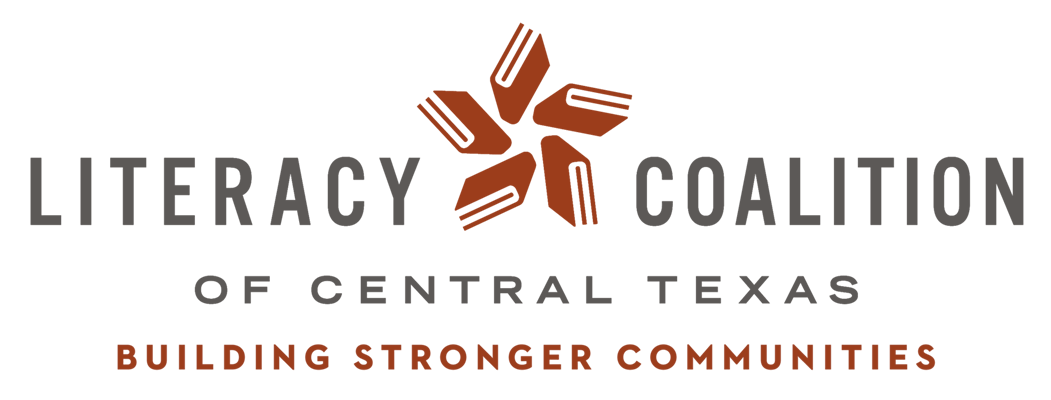
One of the most interesting things about teaching ESL is that you get to meet students from all over the world and learn about new cultures. While exciting, this can also lead to cultural misunderstandings – both between you and your students and among your students. Dealing with culture in the classroom can be a tricky issue. One thing I try to do is find out as much as I can about where my students come from so I can better understand their cultural perspective and how it differs from my own. There are a number of great resources that exist that can give you more information about your students’ native countries. Here are a few I like to use:
**Refugee Backgrounders from the Cultural Orientation Resource Center. The Backgrounders provide information on different refugee populations’ demographics, history, culture, religion, language, education, and resettlement issues.
**Books like What the World Eats and Material World by Peter Menzel and Faith D’Aluisio. These books show homes and food from families around the world, and the images in the books are incredible. (FYI – check out Menzel’s online photo gallery for more compelling images that could be great classroom discussion starters).
**Culture Grams. Culture Grams are short reports the give a you an inside look at a county’s daily life and culture, including history, customs, and lifestyles. Unfortunately you have to pay for the reports, but I’ve been able to access them in libraries or order them through Inter Library Loan. For an example of what the reports look like, check out this sample Culture Gram for Suriname.
**World Fact Book on the CIA’s web site. The Fact Book covers 267 countries, with info on history, people, government, etc.
Another way to meet the challenge of cultural barriers in the classroom is to promote understanding by giving students lots of opportunities to share their culture with you and the rest of the class. I frequently incorporate Think-Pair-Share cultural discussions in my lesson plans. For example, if we’re discussing a topic like talking with your supervisor at work, I dedicate some time to letting students discuss relationships in their native countries between supervisors and employees and how that differs from workplaces in the US.
How do you deal with the challenges of cultural barriers in your own classroom?
